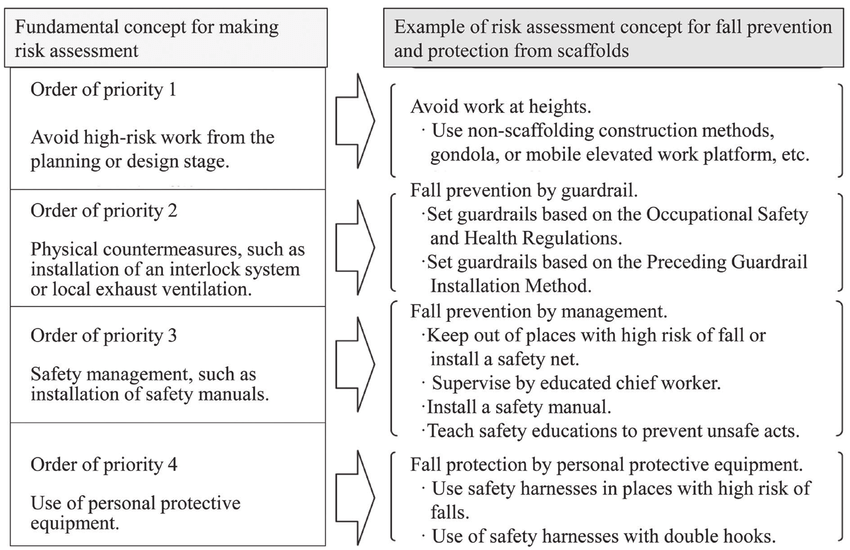Things about Dementia Fall Risk
Things about Dementia Fall Risk
Blog Article
Facts About Dementia Fall Risk Revealed
Table of ContentsFascination About Dementia Fall RiskDementia Fall Risk Things To Know Before You Get ThisDementia Fall Risk Things To Know Before You Get ThisThe 30-Second Trick For Dementia Fall Risk
An autumn threat evaluation checks to see how likely it is that you will certainly fall. It is mostly done for older grownups. The assessment generally includes: This consists of a series of concerns concerning your overall health and wellness and if you've had previous falls or troubles with balance, standing, and/or walking. These tools test your strength, balance, and stride (the way you stroll).STEADI consists of screening, examining, and treatment. Treatments are recommendations that may decrease your risk of dropping. STEADI includes 3 steps: you for your danger of dropping for your danger elements that can be enhanced to try to stop drops (for instance, equilibrium problems, impaired vision) to decrease your threat of dropping by using reliable techniques (for instance, offering education and learning and sources), you may be asked a number of inquiries including: Have you dropped in the previous year? Do you feel unstable when standing or strolling? Are you bothered with dropping?, your supplier will test your stamina, balance, and gait, using the complying with loss evaluation tools: This test checks your stride.
If it takes you 12 seconds or even more, it might indicate you are at greater danger for a loss. This test checks toughness and equilibrium.
The settings will get more difficult as you go. Stand with your feet side-by-side. Relocate one foot midway forward, so the instep is touching the large toe of your various other foot. Move one foot completely in front of the other, so the toes are touching the heel of your various other foot.
Dementia Fall Risk Things To Know Before You Buy
A lot of drops take place as an outcome of several adding variables; as a result, handling the threat of dropping starts with recognizing the variables that contribute to drop threat - Dementia Fall Risk. Several of the most pertinent danger elements consist of: Background of prior fallsChronic medical conditionsAcute illnessImpaired gait and equilibrium, lower extremity weaknessCognitive impairmentChanges in visionCertain high-risk medicines and polypharmacyEnvironmental elements can additionally boost the danger for drops, consisting of: Inadequate lightingUneven or harmed flooringWet or slippery floorsMissing or harmed handrails and grab barsDamaged or improperly fitted tools, such as beds, wheelchairs, or walkersImproper use assistive devicesInadequate guidance of individuals staying in the NF, including those that display hostile behaviorsA effective autumn threat management program requires a complete professional evaluation, with input from all members of the interdisciplinary team

The treatment strategy need to likewise consist of interventions that are system-based, such as those that promote a risk-free environment (proper lights, hand rails, get hold of bars, etc). The performance of the interventions ought to be assessed periodically, and the treatment plan modified as required to reflect changes in the fall risk evaluation. Implementing an autumn risk monitoring system making use of evidence-based ideal method can decrease the occurrence of drops in the NF, while limiting the potential for fall-related injuries.
7 Simple Techniques For Dementia Fall Risk
The AGS/BGS standard advises screening all grownups aged 65 years and older for autumn threat every year. This testing includes asking patients whether they have dropped 2 or even more times in the previous year or looked for medical focus for an autumn, or, if they have actually not fallen, whether they feel unstable when strolling.
People who have dropped once without injury needs to have their balance and stride reviewed; those with stride or equilibrium irregularities must receive additional assessment. A history of 1 autumn without injury and without stride or balance troubles does not require additional assessment beyond ongoing yearly autumn threat testing. Dementia Fall Risk. A loss risk analysis is called for as part of the Welcome to Medicare exam

3 Simple Techniques For Dementia Fall Risk
Documenting a falls background is one of the high quality indications for fall prevention and administration. copyright medications in specific are independent predictors of falls.
Postural hypotension can usually be minimized by decreasing the dose of blood pressurelowering medicines and/or quiting medications that have orthostatic hypotension as an adverse effects. Use above-the-knee support pipe and resting with the head of the bed elevated may additionally reduce postural reductions in blood pressure. The recommended aspects of a fall-focused checkup are received Box 1.

A TUG time you could look here greater than or equal to 12 seconds suggests high loss danger. Being incapable to stand up from a chair of knee elevation without using one's arms shows raised loss threat.
Report this page